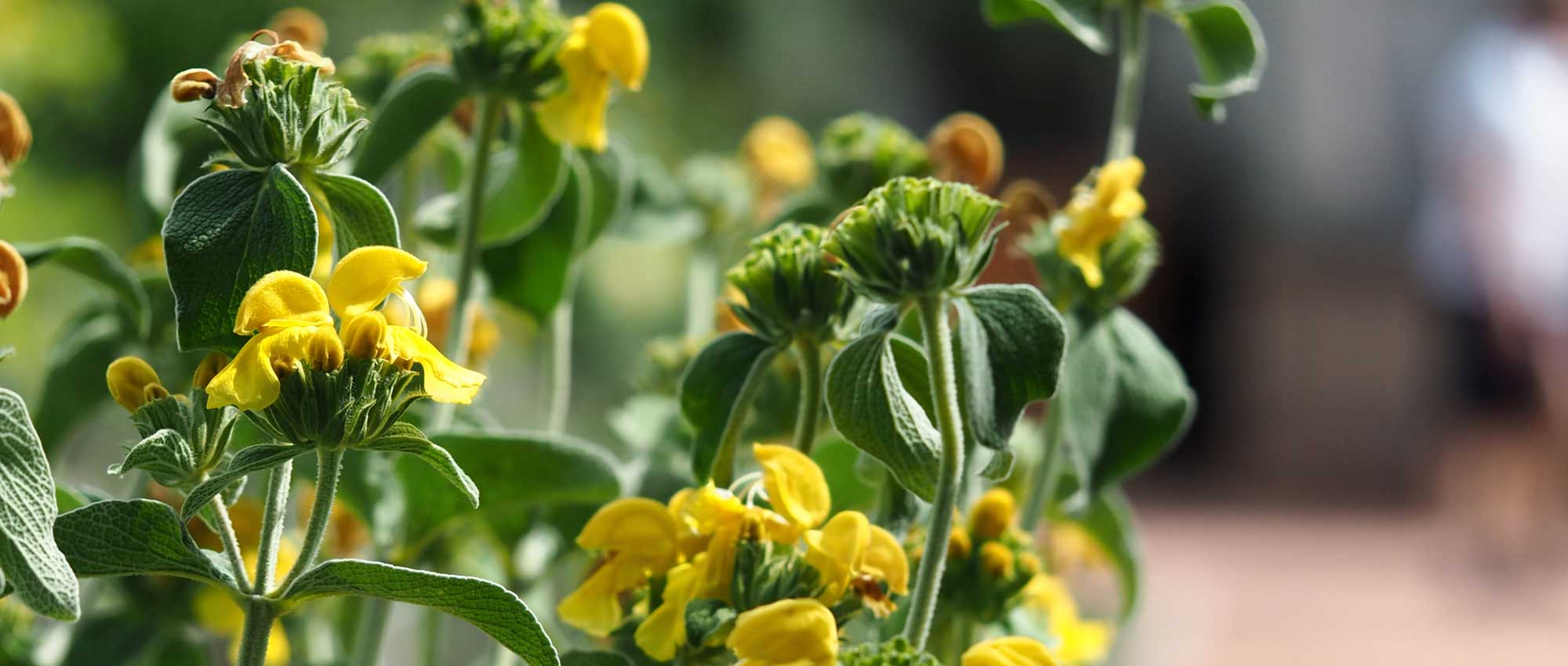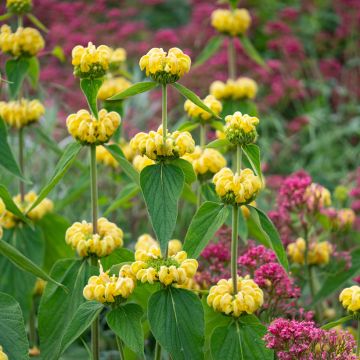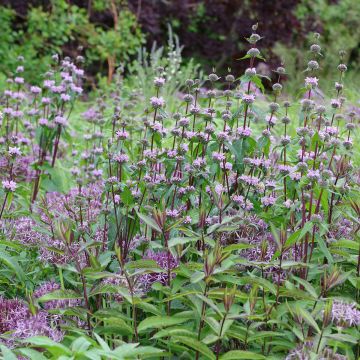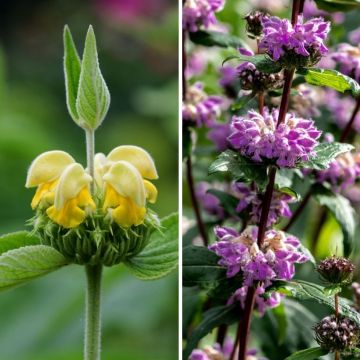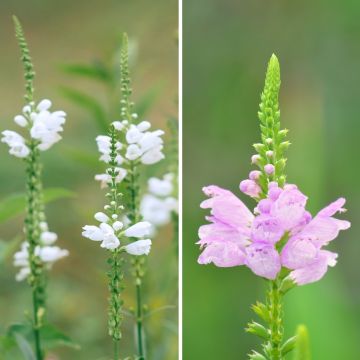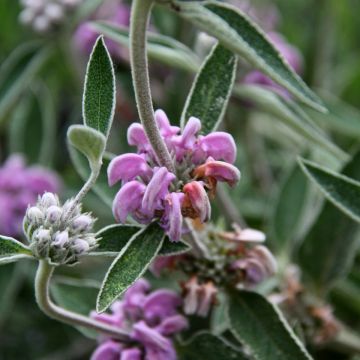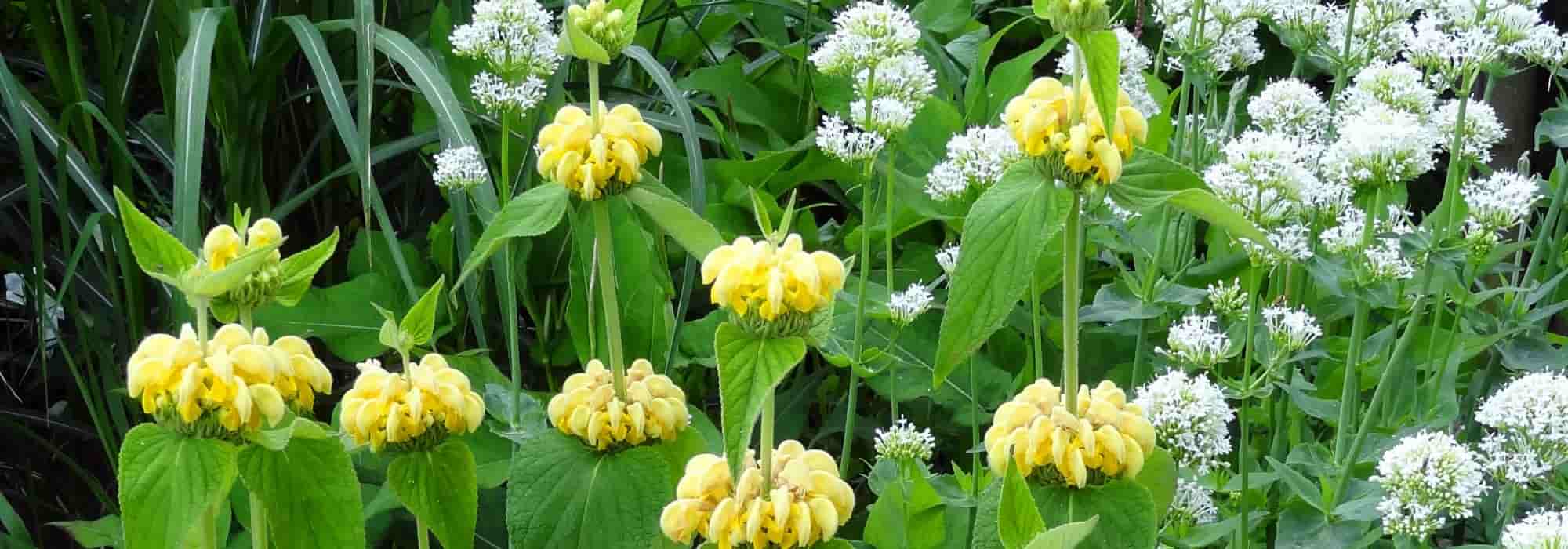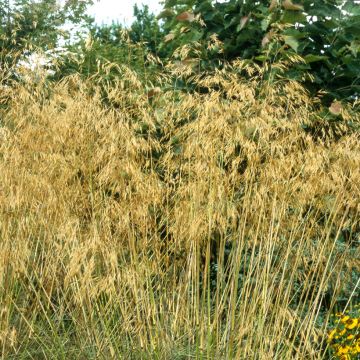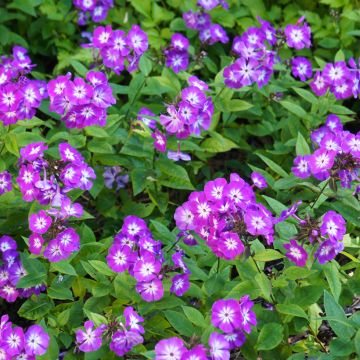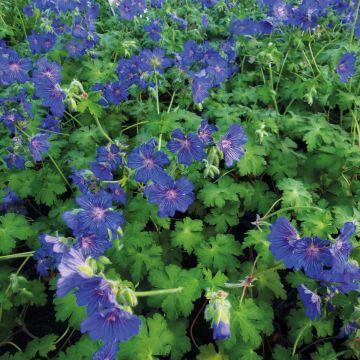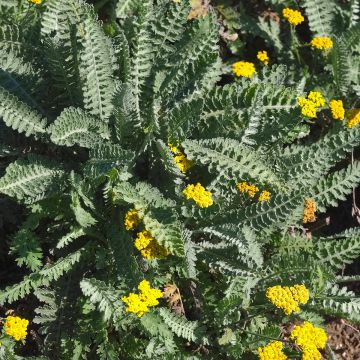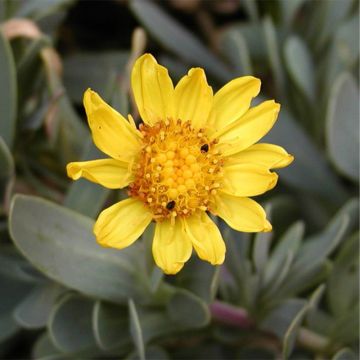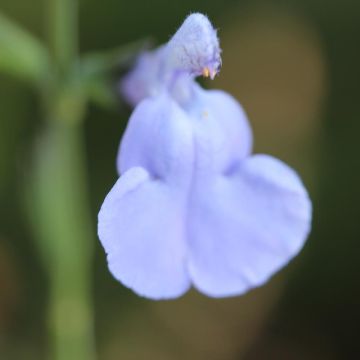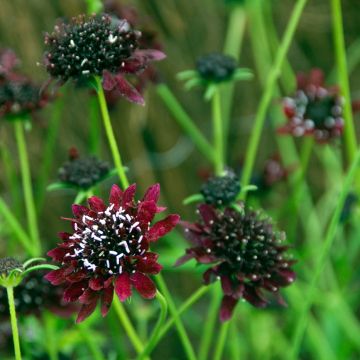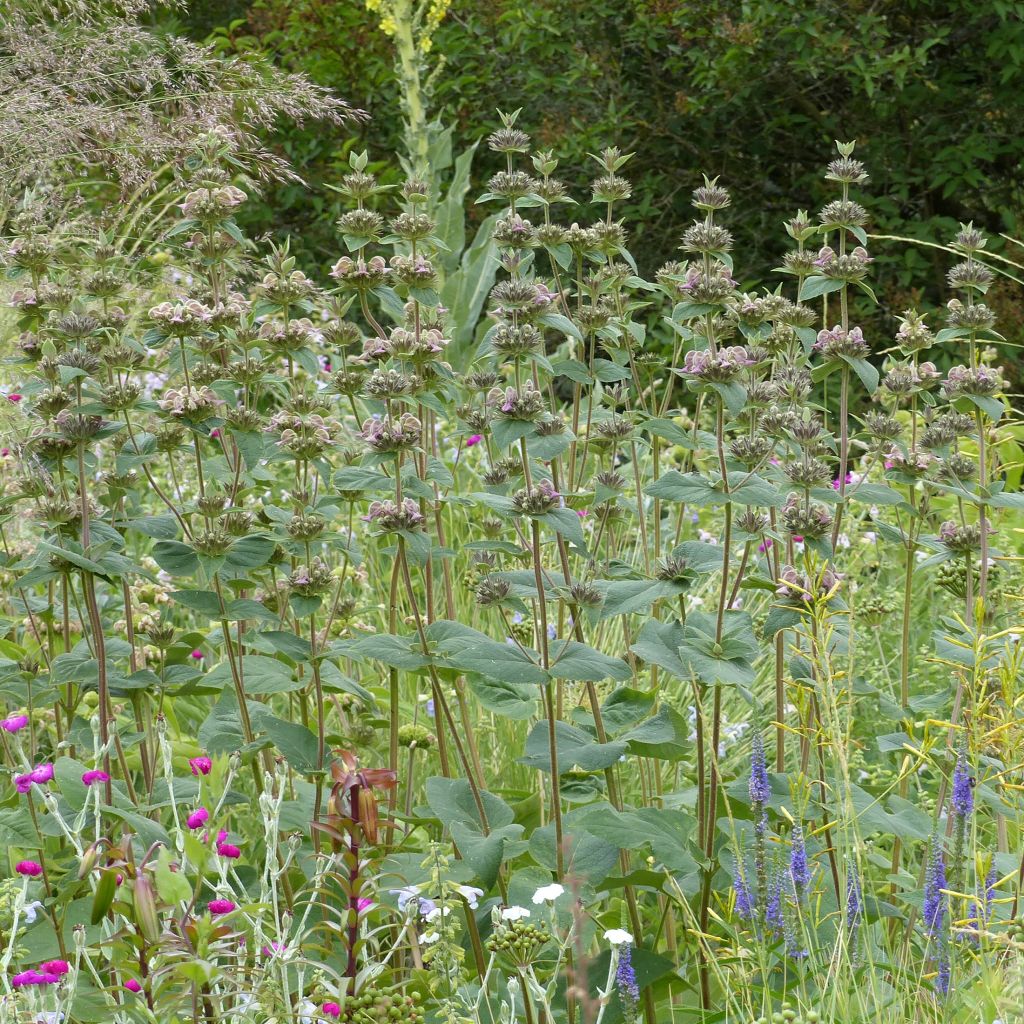

Phlomis samia
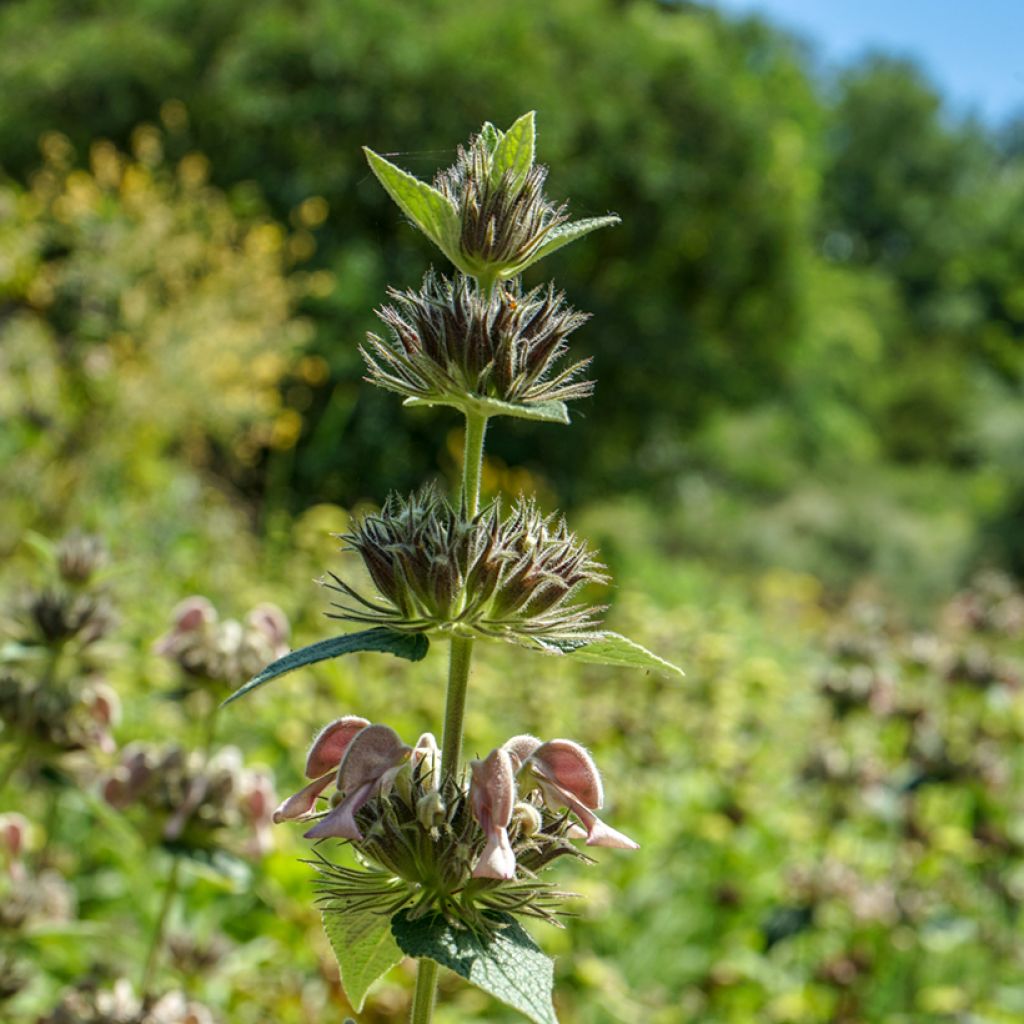

Phlomis samia


Phlomis samia
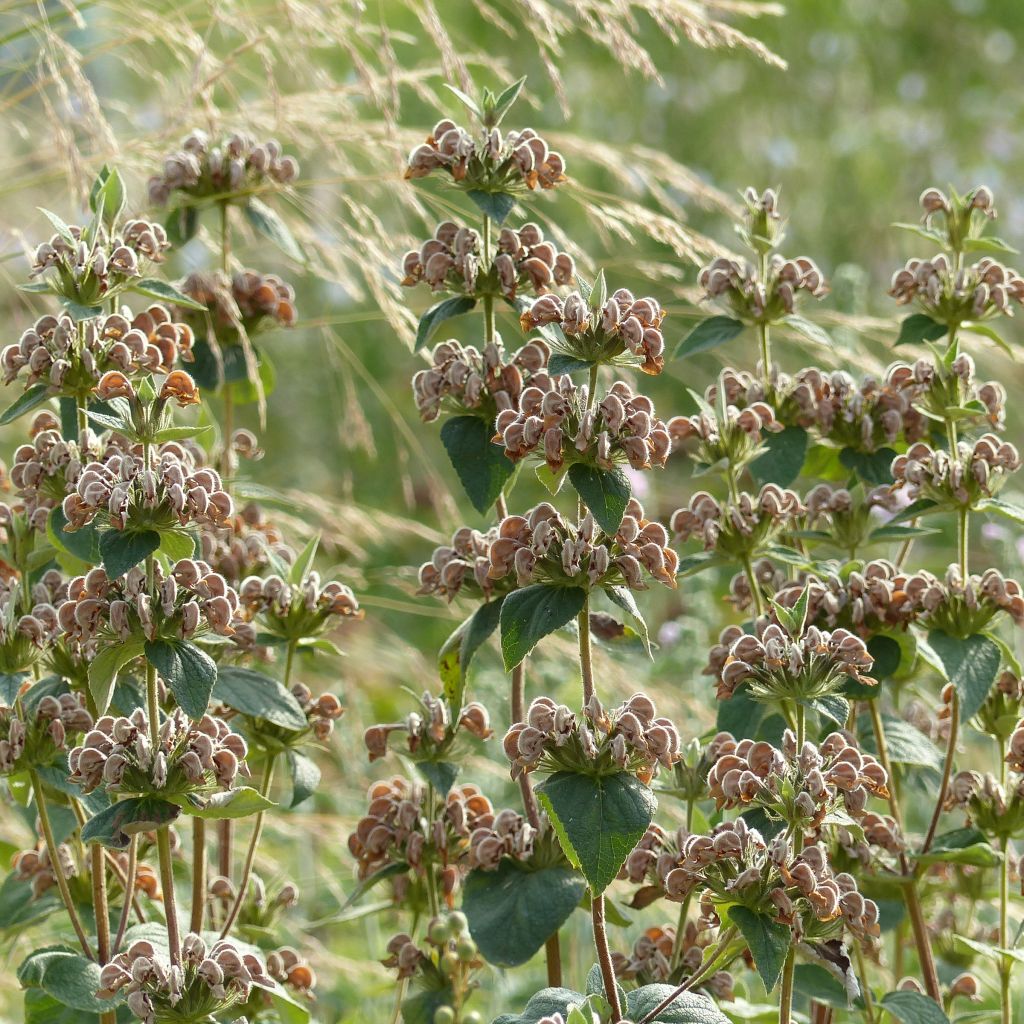

Phlomis samia
Phlomis samia
Phlomis samia
Sauge de Jerusalem
Good quality young plants Arrived well packaged and still moist despite spending 3 days at the collection point. I am very satisfied.
Florian , 26/09/2023
Special offer!
Receive a €20 voucher for any order over €90 (excluding delivery costs, credit notes, and plastic-free options)!
1- Add your favorite plants to your cart.
2- Once you have reached €90, confirm your order (you can even choose the delivery date!).
3- As soon as your order is shipped, you will receive an email containing your voucher code, valid for 3 months (90 days).
Your voucher is unique and can only be used once, for any order with a minimum value of €20, excluding delivery costs.
Can be combined with other current offers, non-divisible and non-refundable.
Home or relay delivery (depending on size and destination)
Schedule delivery date,
and select date in basket
This plant carries a 12 months recovery warranty
More information
We guarantee the quality of our plants for a full growing cycle, and will replace at our expense any plant that fails to recover under normal climatic and planting conditions.

Would this plant suit my garden?
Set up your Plantfit profile →
Description
Phlomis samia is a rare plant found in the undergrowth of the eastern Mediterranean. It is a superb semi-evergreen ground cover perennial that spreads slowly through its creeping rhizomes. A rosette of large hairy leaves shaped like a spade emerges in summer, giving rise to tall inflorescences with a perfectly original architecture. Each tier of reddish-brown flowers mixed with small green leaves appears to sit on a highly ornamental spiny crown. In the garden, it thrives in full sun or partial shade in a loose and well-drained soil, without worrying about competition from other plant roots. It is moderately hardy but highly resistant to summer drought.
Phlomis belongs to the family Lamiaceae. This genus, mostly of sub-Mediterranean origin, displays remarkable diversity but is rarely represented in gardens, despite the robustness and adaptability of the approximately 40 species it comprises.
Phlomis samia is a herbaceous perennial native to Greece, Turkey, and former Yugoslavia, where it generally grows in oak or pine undergrowth. The plant spreads through underground rhizomes and can eventually form large colonies. Its large, green, entire leaves arranged in regular rosettes have a fuzzy grey underside. The foliage reaches a height of 20 to 30cm (8 to 12in). From late June to late August, depending on the climate, hairy and sparsely leafed floral stems reaching 80 to 100cm (32 to 39in) in height emerge from the foliage. They bear large whorls of flowers arranged in rounded cushions, like pearls threaded along the stem and adorned with fine spiny bracts. The helmet-shaped flowers are a very soft shade, somewhere between brown and salmon pink. Even when faded, the flowers remain decorative for many months and can be used to create magnificent dried bouquets. This plant is hardy to temperatures as low as -12 to -15°C (10.4 to 5°F), in dry soil.
Unlike its shrubby cousins, Phlomis samia thrives in the partial shade of the undergrowth and prospers among the roots of trees and shrubs. It makes a good ground cover in hot and dry climates during the summer, although it can also tolerate slightly moist, but well-drained, flexible soil. It can be combined with Acanthus, periwinkles, and ivy in partial shade, as it can keep them in check. Its upright silhouette will be beautifully showcased by rounded shrubs such as wormwoods, bay trees, Myrtus communis, Phillyrea, or Mexican orange blossom. It also grows in sunny flower beds in cooler climates, alongside bellflowers, catmints, and lady's mantles.
Wild boars love the rhizomes of Phlomis samia and relish them while tilling the soil in the undergrowth of its native regions.
Phlomis samia in pictures
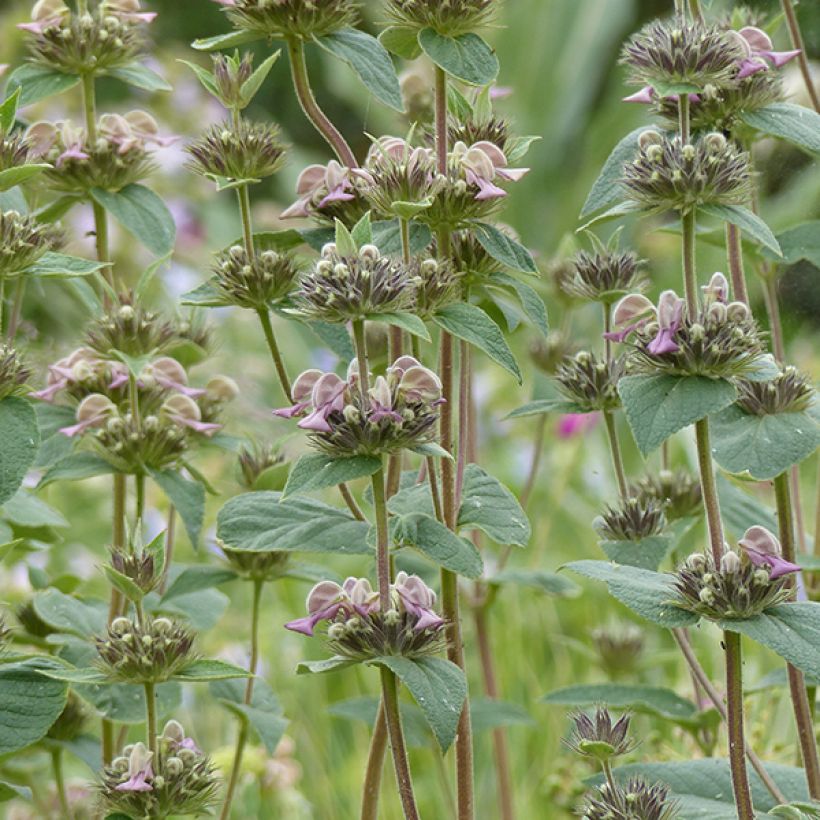

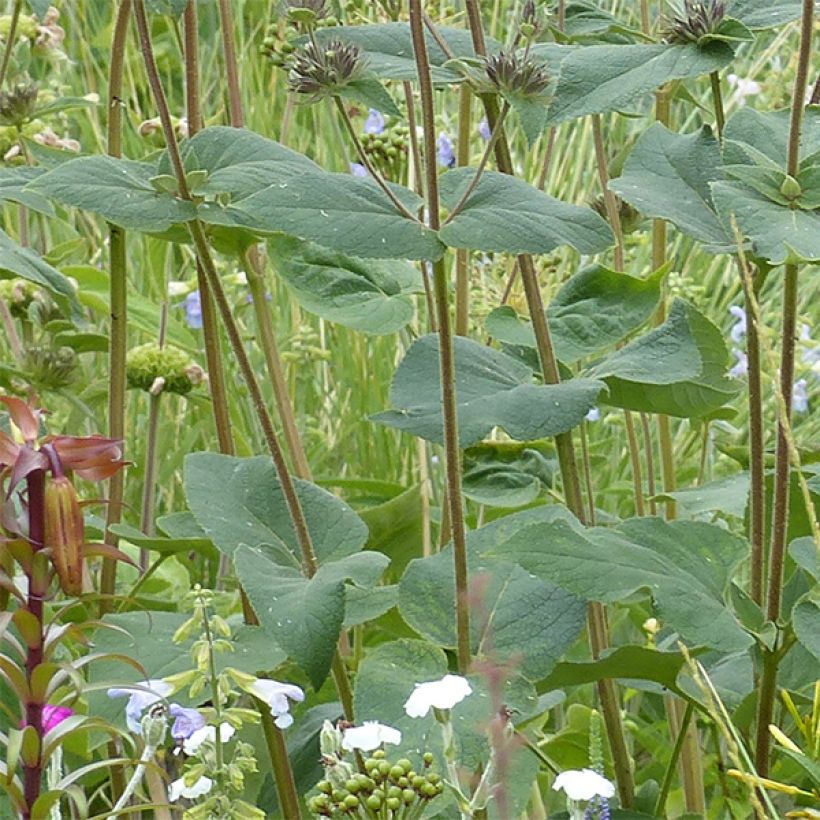

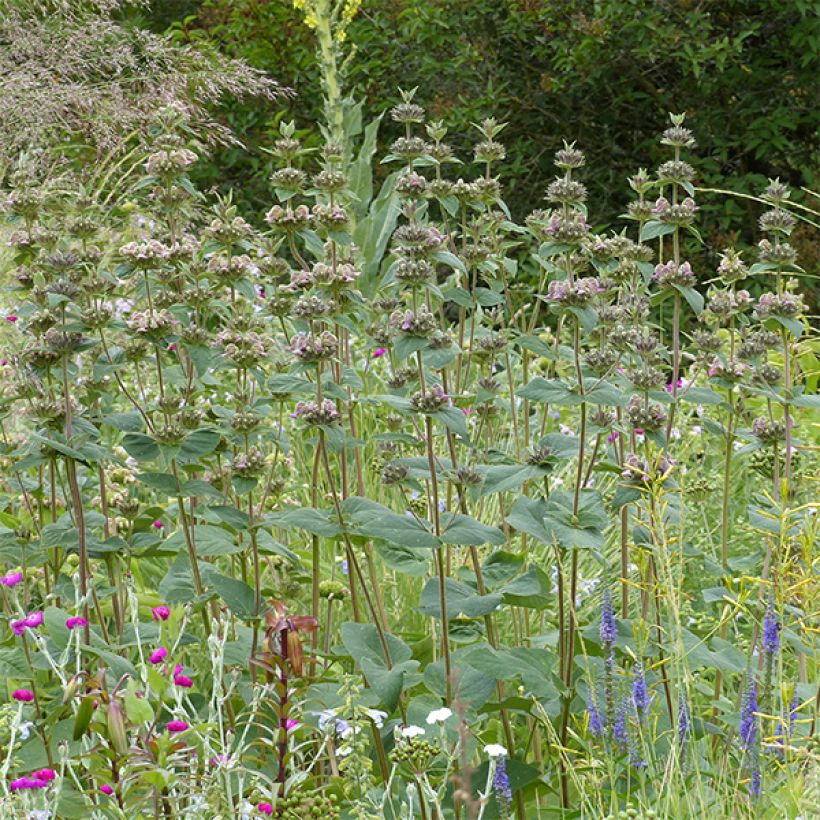

Flowering
Foliage
Plant habit
Botanical data
Phlomis
samia
Lamiaceae
Sauge de Jerusalem
Mediterranean
Other Phlomis - Hardy Jerusalem sage
View all →Planting and care
Grow Phlomis samia in full sun north of the Loire, in partial shade or light shade in the south, even in the understory. Plant it in a loose and well-drained soil, preferably deep and even limestone. This Phlomis tolerates very well a poor and dry soil in summer, but it will be less spectacular and its foliage will tend to disappear in summer. It is hardy up to -15°C (5°F) in a sheltered position and in perfectly drained soil. In hot and dry climates in summer, it is preferable to plant in autumn.
Planting period
Intended location
Care
Planting & care advice
-
, onOrder confirmed
Reply from on Promesse de fleurs
Similar products
Haven't found what you were looking for?
Hardiness is the lowest winter temperature a plant can endure without suffering serious damage or even dying. However, hardiness is affected by location (a sheltered area, such as a patio), protection (winter cover) and soil type (hardiness is improved by well-drained soil).

Photo Sharing Terms & Conditions
In order to encourage gardeners to interact and share their experiences, Promesse de fleurs offers various media enabling content to be uploaded onto its Site - in particular via the ‘Photo sharing’ module.
The User agrees to refrain from:
- Posting any content that is illegal, prejudicial, insulting, racist, inciteful to hatred, revisionist, contrary to public decency, that infringes on privacy or on the privacy rights of third parties, in particular the publicity rights of persons and goods, intellectual property rights, or the right to privacy.
- Submitting content on behalf of a third party;
- Impersonate the identity of a third party and/or publish any personal information about a third party;
In general, the User undertakes to refrain from any unethical behaviour.
All Content (in particular text, comments, files, images, photos, videos, creative works, etc.), which may be subject to property or intellectual property rights, image or other private rights, shall remain the property of the User, subject to the limited rights granted by the terms of the licence granted by Promesse de fleurs as stated below. Users are at liberty to publish or not to publish such Content on the Site, notably via the ‘Photo Sharing’ facility, and accept that this Content shall be made public and freely accessible, notably on the Internet.
Users further acknowledge, undertake to have ,and guarantee that they hold all necessary rights and permissions to publish such material on the Site, in particular with regard to the legislation in force pertaining to any privacy, property, intellectual property, image, or contractual rights, or rights of any other nature. By publishing such Content on the Site, Users acknowledge accepting full liability as publishers of the Content within the meaning of the law, and grant Promesse de fleurs, free of charge, an inclusive, worldwide licence for the said Content for the entire duration of its publication, including all reproduction, representation, up/downloading, displaying, performing, transmission, and storage rights.
Users also grant permission for their name to be linked to the Content and accept that this link may not always be made available.
By engaging in posting material, Users consent to their Content becoming automatically accessible on the Internet, in particular on other sites and/or blogs and/or web pages of the Promesse de fleurs site, including in particular social pages and the Promesse de fleurs catalogue.
Users may secure the removal of entrusted content free of charge by issuing a simple request via our contact form.
The flowering period indicated on our website applies to countries and regions located in USDA zone 8 (France, the United Kingdom, Ireland, the Netherlands, etc.)
It will vary according to where you live:
- In zones 9 to 10 (Italy, Spain, Greece, etc.), flowering will occur about 2 to 4 weeks earlier.
- In zones 6 to 7 (Germany, Poland, Slovenia, and lower mountainous regions), flowering will be delayed by 2 to 3 weeks.
- In zone 5 (Central Europe, Scandinavia), blooming will be delayed by 3 to 5 weeks.
In temperate climates, pruning of spring-flowering shrubs (forsythia, spireas, etc.) should be done just after flowering.
Pruning of summer-flowering shrubs (Indian Lilac, Perovskia, etc.) can be done in winter or spring.
In cold regions as well as with frost-sensitive plants, avoid pruning too early when severe frosts may still occur.
The planting period indicated on our website applies to countries and regions located in USDA zone 8 (France, United Kingdom, Ireland, Netherlands).
It will vary according to where you live:
- In Mediterranean zones (Marseille, Madrid, Milan, etc.), autumn and winter are the best planting periods.
- In continental zones (Strasbourg, Munich, Vienna, etc.), delay planting by 2 to 3 weeks in spring and bring it forward by 2 to 4 weeks in autumn.
- In mountainous regions (the Alps, Pyrenees, Carpathians, etc.), it is best to plant in late spring (May-June) or late summer (August-September).
The harvesting period indicated on our website applies to countries and regions in USDA zone 8 (France, England, Ireland, the Netherlands).
In colder areas (Scandinavia, Poland, Austria...) fruit and vegetable harvests are likely to be delayed by 3-4 weeks.
In warmer areas (Italy, Spain, Greece, etc.), harvesting will probably take place earlier, depending on weather conditions.
The sowing periods indicated on our website apply to countries and regions within USDA Zone 8 (France, UK, Ireland, Netherlands).
In colder areas (Scandinavia, Poland, Austria...), delay any outdoor sowing by 3-4 weeks, or sow under glass.
In warmer climes (Italy, Spain, Greece, etc.), bring outdoor sowing forward by a few weeks.






























